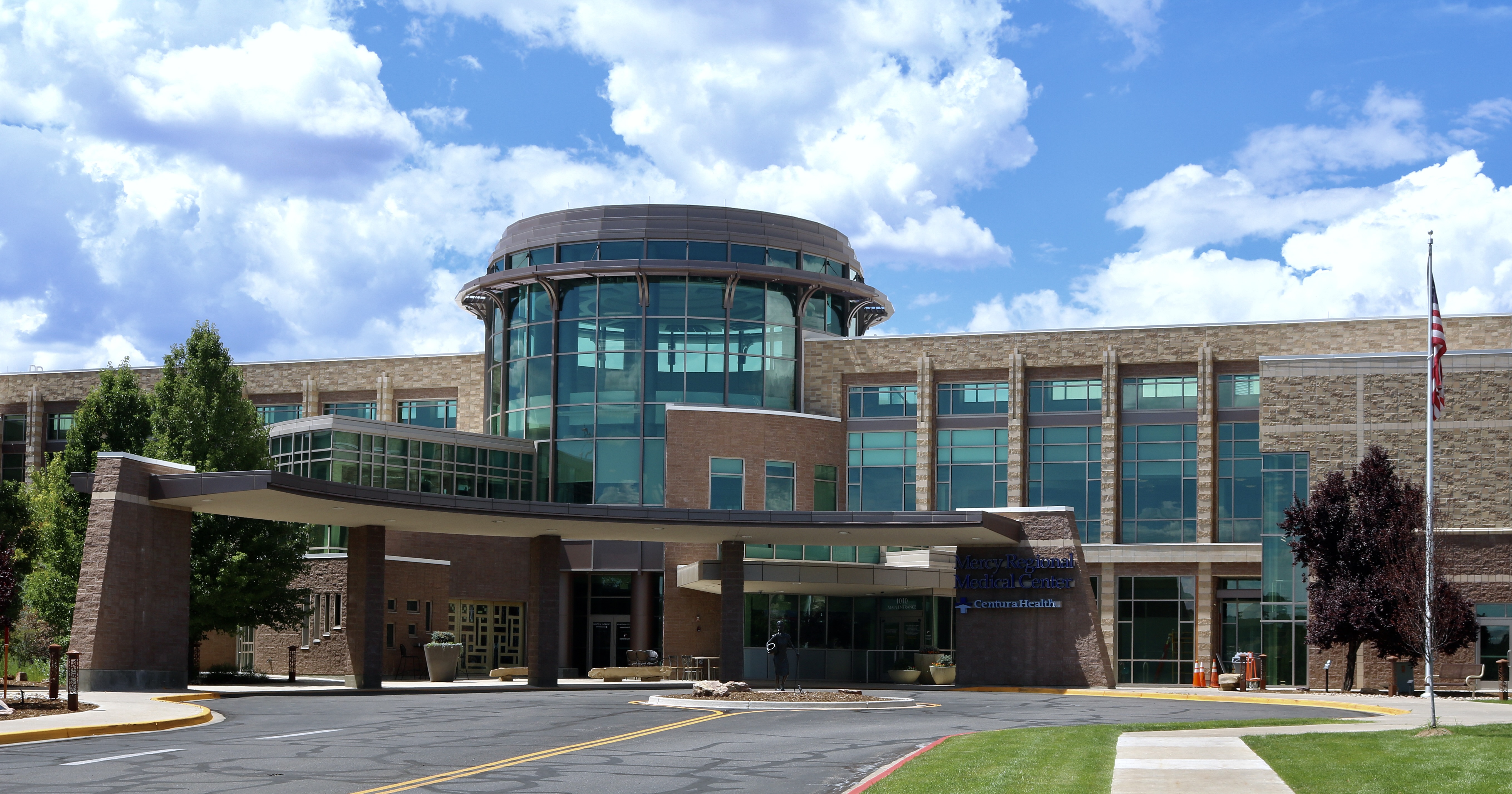Why do you need a new way to communicate with your care teams?
Why should you change your hospital or EMS system's processes? You've been doing your job the same way for decades, so why change now?
We're glad you asked. Let's look at Mississippi for example.
Did you know that Mississippi has the highest rate of ischemic stroke in the country, yet we only treat 15% of LVO stroke patients with approved treatment? Of the other 85 percent, those who survive are likely to end up in a nursing home. And that cost is nearly $1 million per person every decade of their life.
Inefficient communication makes true regional systems of care impossible. But, when we can connect ALL members of the care team together on the same communication platform, that system can more quickly IDENTIFY stroke patients, COMMUNICATE with and activate the necessary members of the care team, and DECREASE treatment times for those extremely time-critical patients. After all, when a stroke patient is losing 2 million neurons every minute, we can't afford to waste a second.

So the real question is: Can you afford NOT to have Pulsara?
 Hannah Ostrem
Hannah Ostrem
![85% of LVO Stroke Patients Don't Receive the Standard of Care ... Here's What That Costs Us and How to Fix it. [Infographic]](https://www.pulsara.com/hubfs/Screen%20Shot%202018-06-14%20at%201.43.32%20PM-1.png)

![[PRESS RELEASE] Published Research Finds Up to 31% Faster STEMI Treatment Times in Rural Hospital Setting with Pulsara](https://www.pulsara.com/hubfs/_1_website-page-blog-assets/pulsara-hosp-teams-assign-cardio-stemi-rn-1200x701.jpg)

